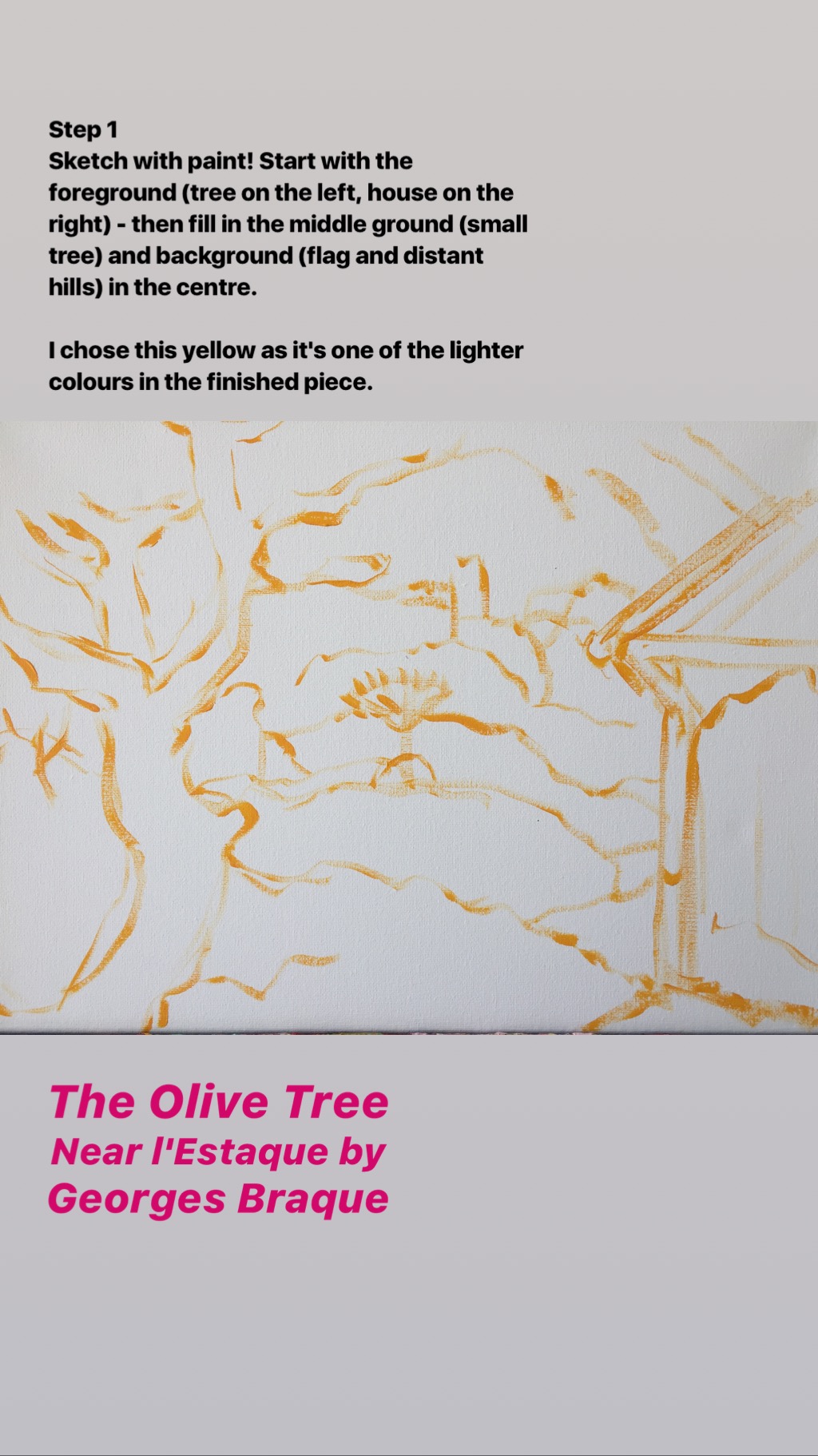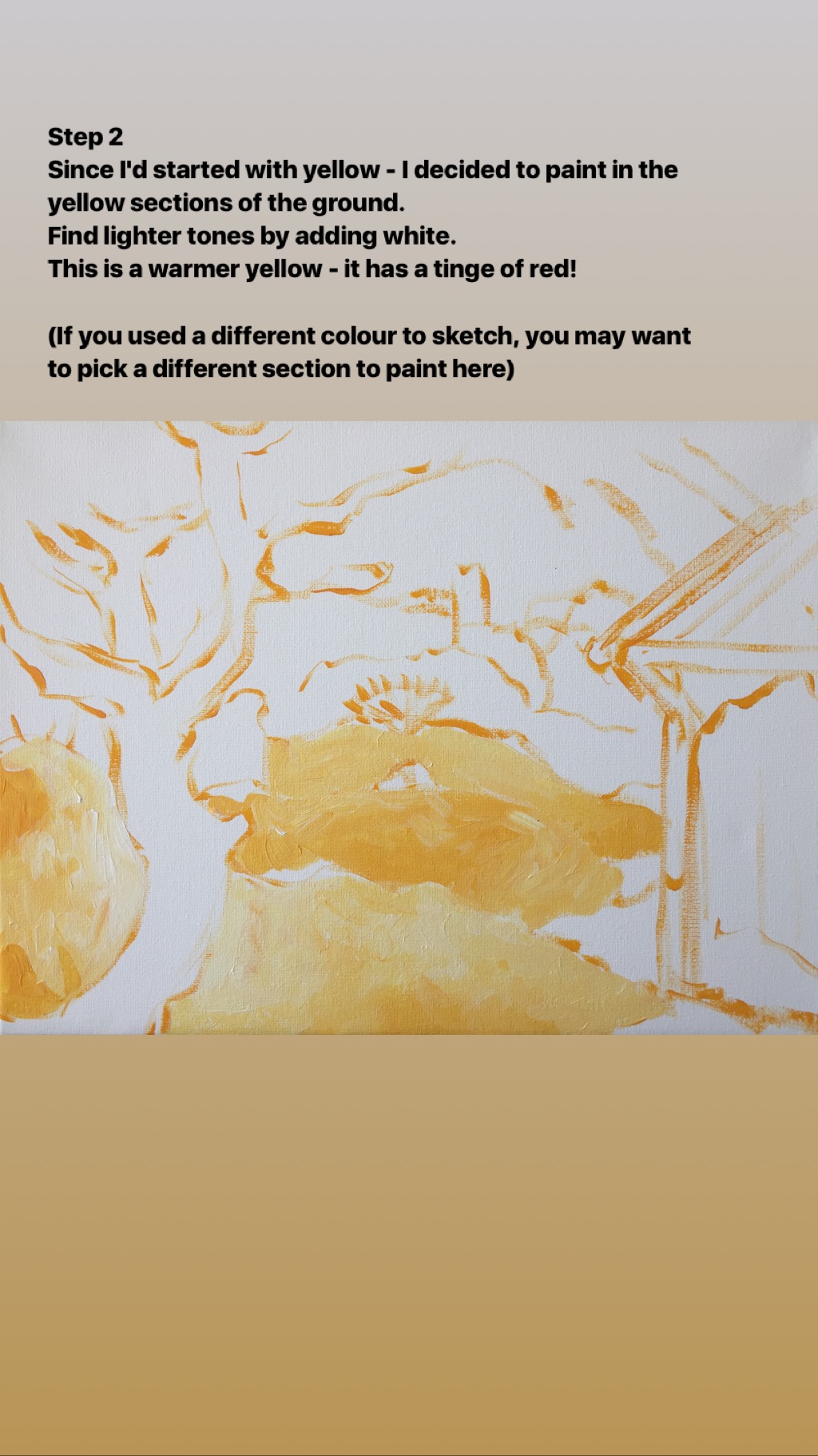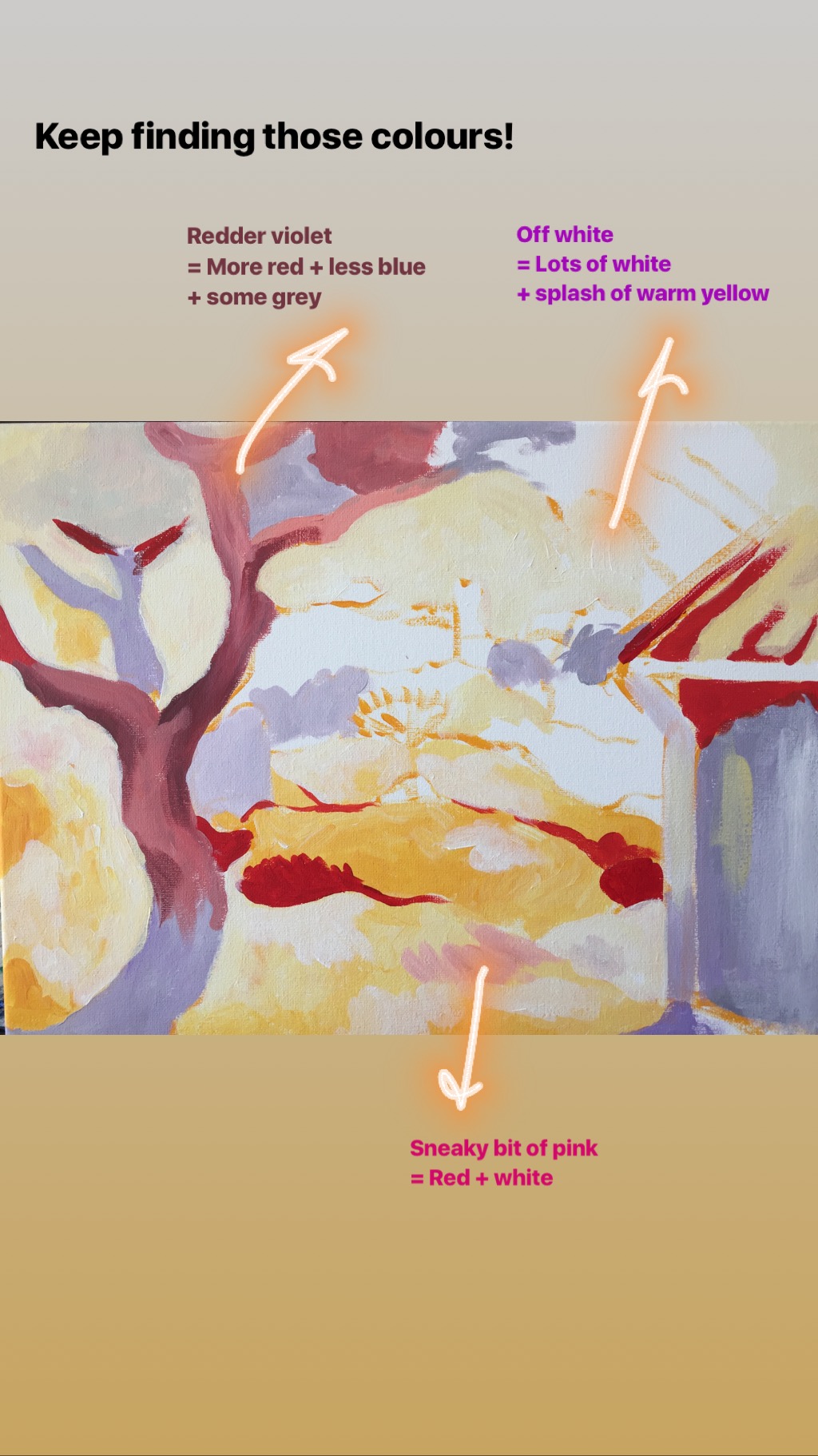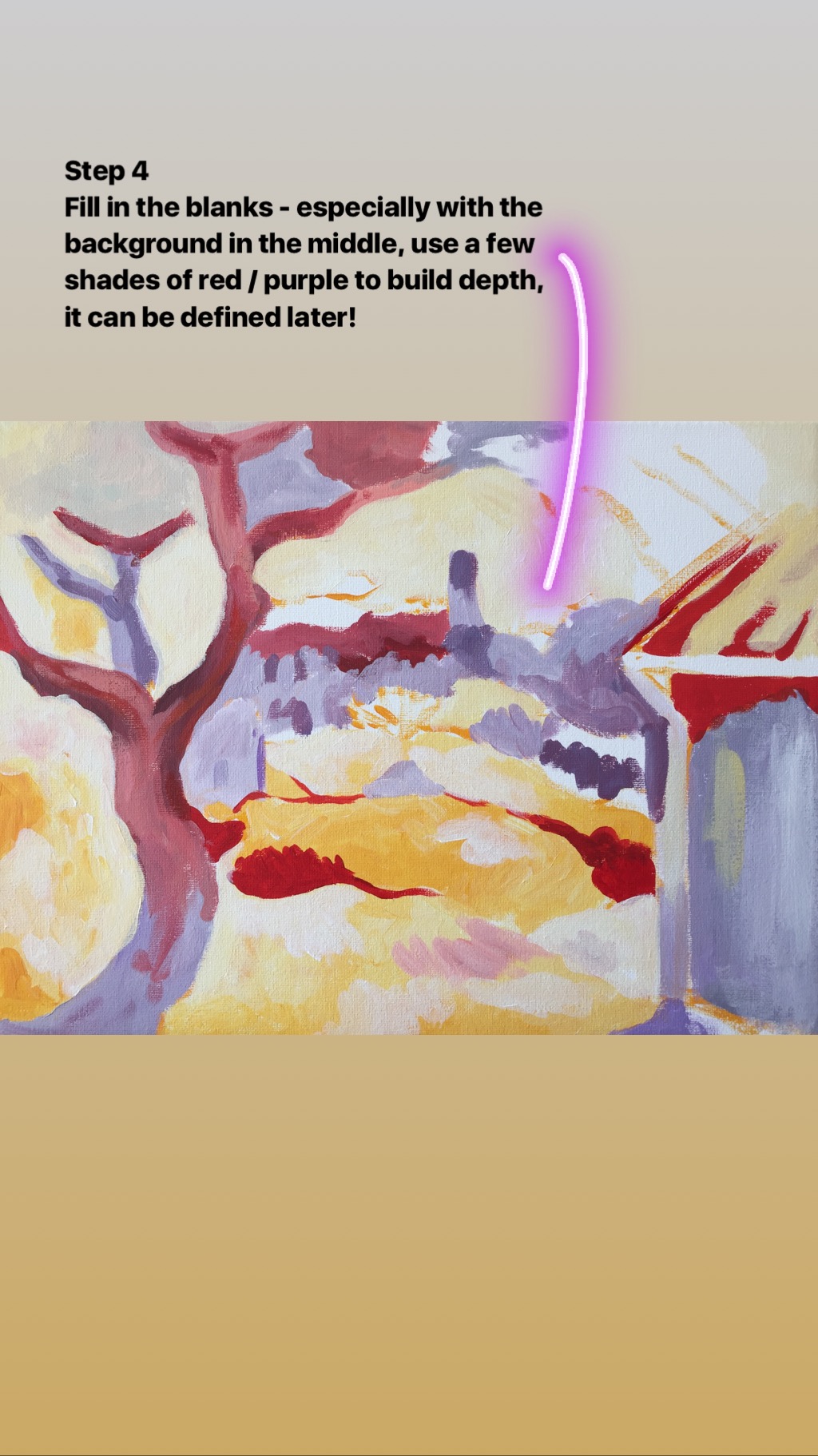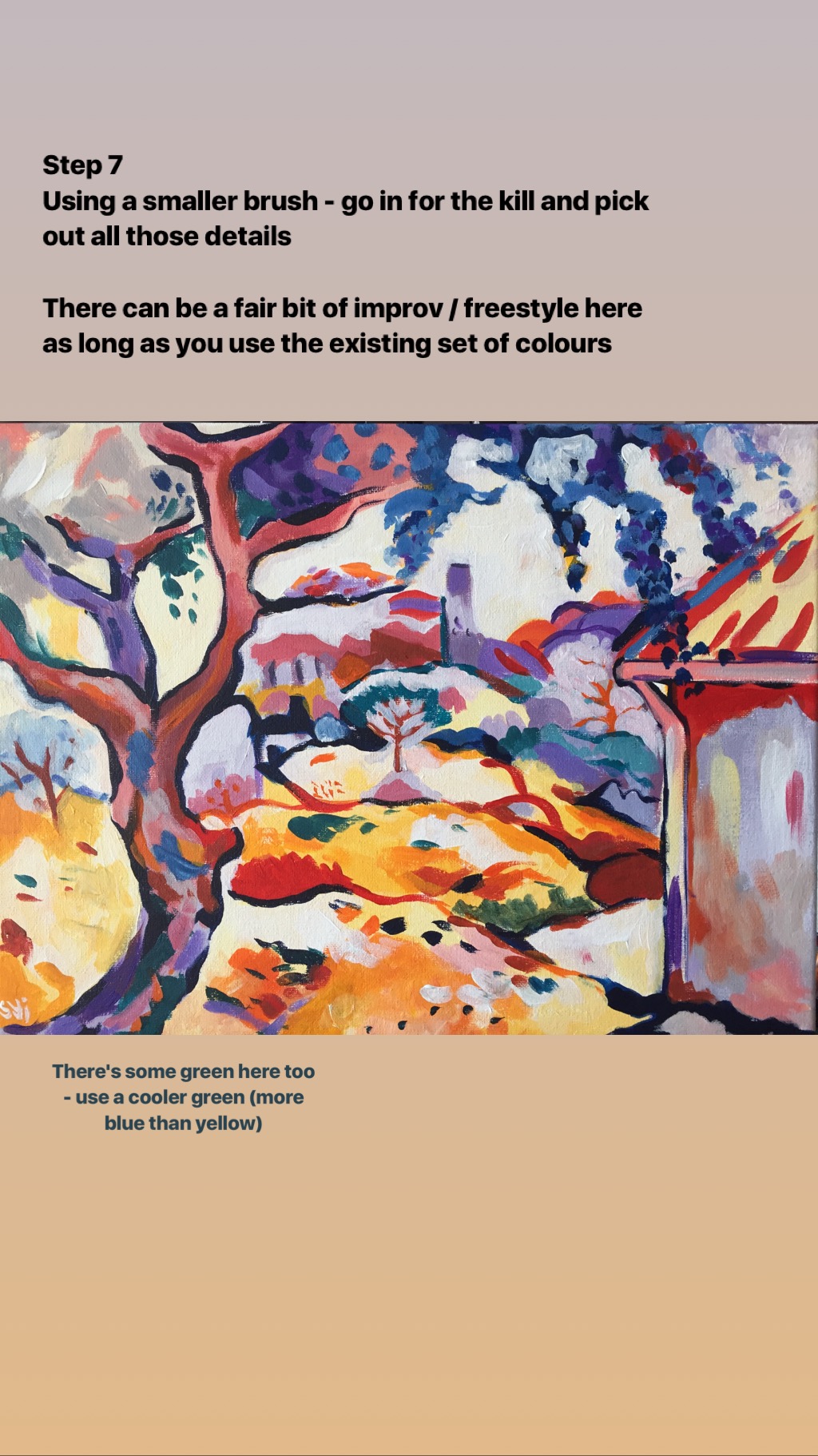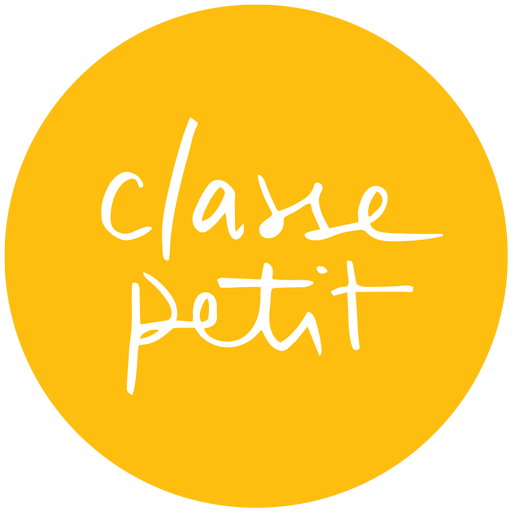How to Paint
Olive Tree Near l'Estaque by Georges Braque
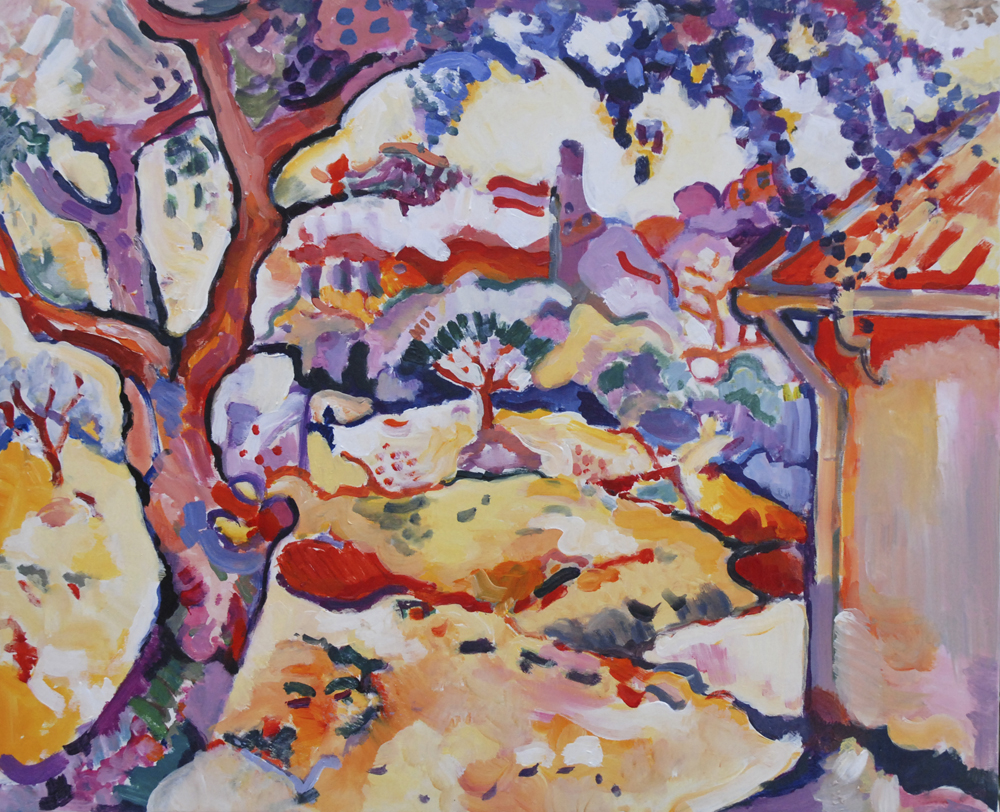
Difficulty: 3.5/5
Colours: Titanium white, cadmium yellow, phthalo blue, brilliant red, mars black
Brushes: Medium filbert brush, medium flat brush
It was really helpful studying Van Gogh’s Wheatfield with Cypresses just before trying out this beautiful landscape painting by Georges Braque. While Van Gogh’s piece felt like a series of mini tonal studies, Braque’s wild, Fauvist interpretation was a test of colour – and figuring out where to place them on the canvas.
Like Van Gogh’s piece, it was crucial not to over-blend the paint – the same kind of caution you’d exercise whipping egg for a cake mixture. I used the Filbert brush for most (if not all) of the painting, as it has both the control and precision of a flat brush, and the softness of a round brush (for gentle blending!).
I’m learning through practice that the most helpful thing you can do, if you’re copying another painting, is to figure out what is going on! Especially with the smaller details in the background, if you can pick out a flag, tower, some hilltops and a bridge (is it though?) it’s a lot easier to achieve than if it was just “something in the distance”.
Here’s a list of main colours that I felt were important in shaping the painting. There are more hues in between all these listed, which you can create by mixing them together:
- Red, cadmium yellow (use straight out of the tube to keep it vibrant)
- Orange (red + cad yellow)
- Lavender, find 2 tones. Use white to adjust. (red + blue + white + a bit of black to desaturate)
- Blueberry tones (blue + white + bit of red)
- Dark teal (blue + yellow + bit of white, more blue than yellow.)
- Dark blue for outlines (blue + red to darken, don’t use black!)
Fun fact: this painting was stolen from Paris Museum of Modern Art!
